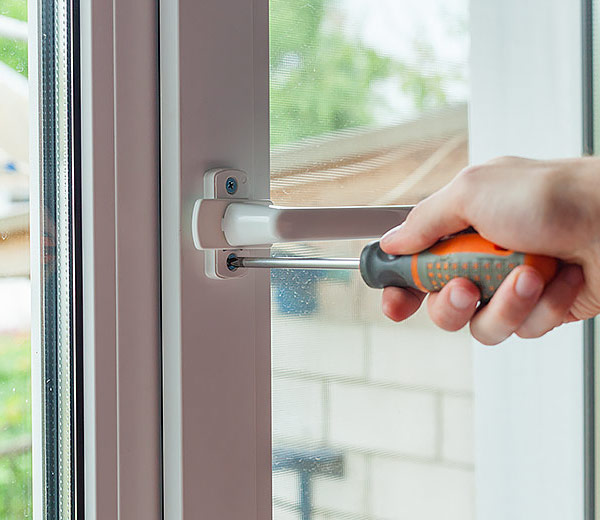A dilapidation report, essential in the Australian context, comprehensively assesses a property’s condition before and after significant events, such as construction projects.
This detailed documentation captures existing structural integrity, highlighting issues like cracks, leaks, or other damages. The report is a crucial tool for property owners, contractors, and regulatory bodies, ensuring compliance with Australian building standards.
For those seeking a dilapidation report through BSS Group Australia, the process involves a meticulous inspection conducted by qualified professionals.
This ensures an accurate baseline for future reference, aiding in legal disputes, property valuations, and proactive maintenance planning.
Accurate Record of Property Condition
A dilapidation report accurately records a property’s condition before and after construction. Pre-construction documentation involves a detailed property inspection that notifies existing damages like cracks, leaks, or structural weaknesses.
This baseline helps in post-construction comparisons, identifying any new damages caused by construction activities. Typical findings include new cracks in walls, damage to driveways, or changes in structural integrity.
These records are crucial for holding contractors accountable for any harm caused during construction.
Legal Protection
Dilapidation reports offer significant legal protection by preventing disputes between property owners and construction companies. They serve as an objective record of the property’s condition, reducing the risk of unfounded claims.
The legal standing of these reports in disputes is intense, often serving as critical evidence in court.
For example, if a property owner claims that construction caused a crack in a wall, the dilapidation report can verify whether the crack existed before construction. This clarity can prevent lengthy legal battles and ensure fair resolutions.
Market Value Insights
Dilapidation reports also provide valuable insights into a property’s market value. They highlight any existing damages which can affect the property’s valuation.
These reports offer buyers a clear picture of potential repair costs, influencing their purchasing decisions. On the other hand, sellers can use these reports to justify their asking price by demonstrating the property’s condition.
This transparency can facilitate smoother transactions, as both parties have a shared understanding of the property’s state. Overall, dilapidation reports help make informed decisions in the real estate market.
Preventive Measures
Dilapidation reports are crucial for identifying potential issues before they escalate. These meticulously document a property’s condition, highlighting any existing damages or weaknesses.
By identifying these issues early, property owners can take preventive measures to address them before they worsen.
Property maintenance and planning have significant benefits. Regularly updated dilapidation reports are valuable for property owners, helping them plan for necessary maintenance and repairs.
This proactive approach can save time and money by preventing minor issues from becoming major problems.
Insurance Claims
Dilapidation reports support insurance claims by providing documented evidence of a property’s condition before construction or demolition activities commence.
This documentation acts as a baseline, clearly outlining any pre-existing structural issues or damages.
In the event of damage claims arising during or after construction, these reports serve as vital evidence to differentiate between pre-existing and new damages, helping insurance companies assess liability accurately.
Insurance adjusters rely on these reports to validate claims and determine appropriate coverage, ensuring fair settlements for property owners affected by construction-related damages.
Examples of Successful Claims Aided by Dilapidation Reports
Numerous examples highlight the effectiveness of dilapidation reports in facilitating successful insurance claims.
For instance, a construction project causing structural cracks in neighboring buildings was successfully resolved through a dilapidation report documenting the buildings’ pre-existing conditions.
Another example involves damage to underground utilities during excavation, where a comprehensive pre-construction dilapidation report helped verify the extent of damage and support the utility owner’s insurance claim for repairs.
These cases underscore how proactive assessment through dilapidation reports not only protects property owners but also expedites insurance claims processes by providing clear, substantiated evidence of conditions before construction activities.
Compliance with Standards
Adhering to Australian building standards is essential for any construction or renovation project. Dilapidation reports provide a detailed account of a property’s condition, ensuring compliance with these standards.
This documentation helps builders and property owners meet regulatory requirements and avoid potential legal issues. The importance of construction and renovation projects cannot be overstated.
By following the guidelines in dilapidation reports, construction teams can ensure that their work meets all necessary standards. This compliance helps avoid fines, delays, and potential safety hazards.
Environmental and Structural Safety
Dilapidation reports also assess environmental impacts, ensuring construction projects do not harm the surrounding environment.
These reports identify potential environmental risks, such as soil erosion or water contamination. By addressing these risks early, property owners can implement measures to mitigate them.
Another key benefit is ensuring structural integrity and safety. Dilapidation reports thoroughly examine a property’s structural components, identifying any weaknesses or damages.
This information is crucial for maintaining the safety of a building and its occupants. Property owners can promptly prevent accidents and ensure long-term stability by addressing structural issues.
Conclusion
Dilapidation reports in Australia are crucial for documenting a property’s condition before and after construction, facilitating transparency and legal clarity.
They provide detailed assessments that help in preventive maintenance, insurance claims, and ensuring compliance with building standards.
Obtaining a dilapidation report through BSS Group Australia ensures comprehensive documentation, aiding in dispute resolution and property valuation.
These reports also play a pivotal role in environmental and structural safety by identifying risks early on.
In conclusion, embracing dilapidation reports supports informed decision-making in real estate transactions, promotes regulatory compliance, and safeguards property integrity.
Equipped with a Bachelor of Information Technology (BIT) degree, Lucas Noah stands out in the digital content creation landscape. His current roles at Creative Outrank LLC and Oceana Express LLC showcase his ability to turn complex technology topics into engagin... Read more






